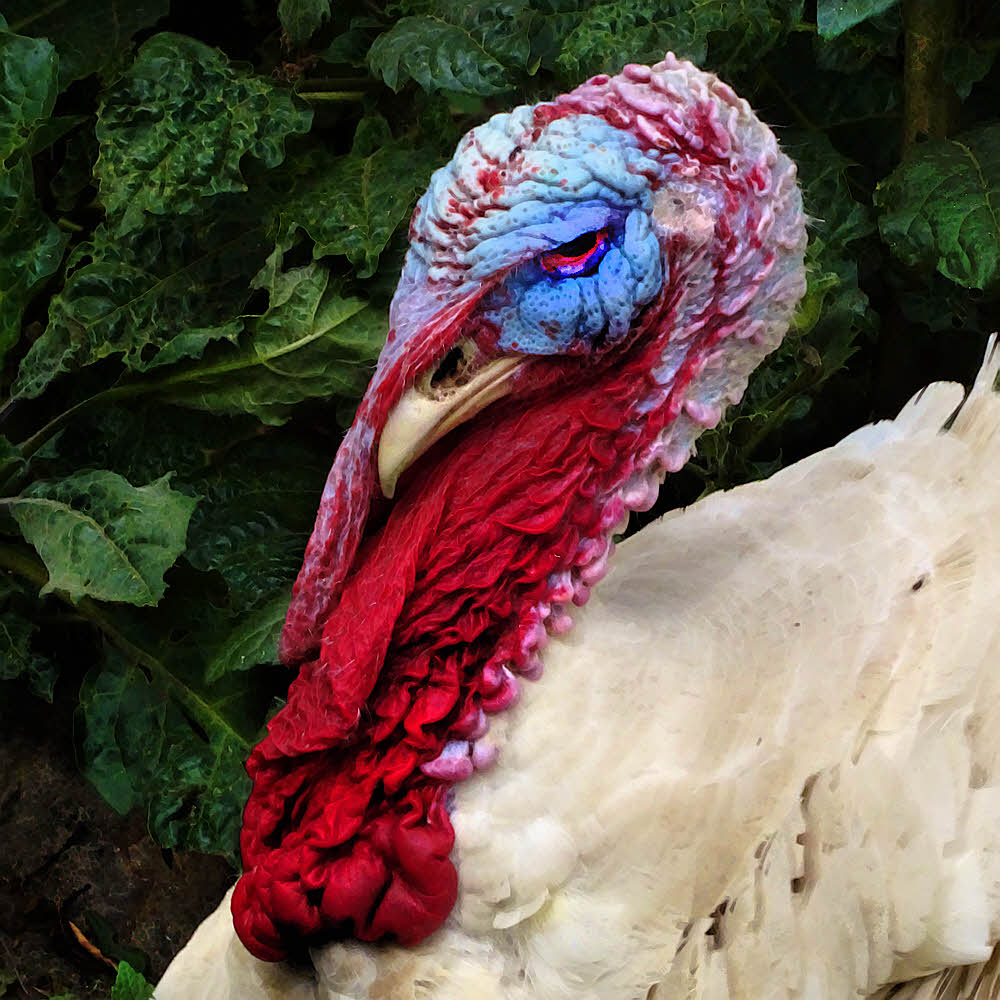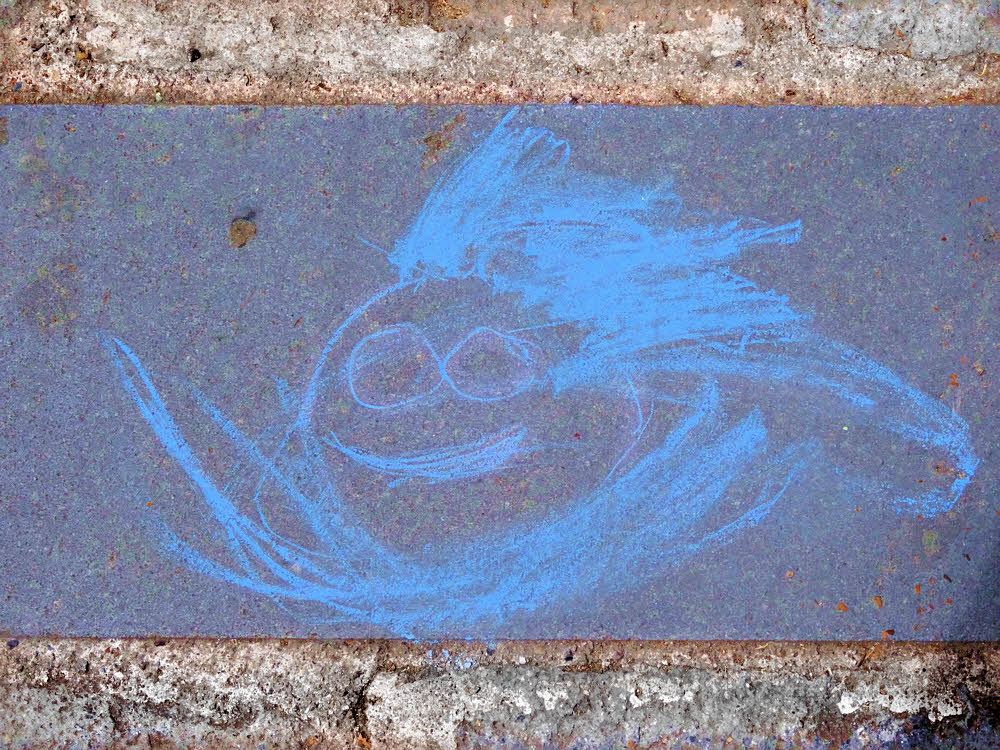
(1) Food that is not fun to eat, and the people who don't eat it, and get hungry, and die out.
If your food is fun, it's because it has flavor. Flavor is good. If food is not fun it won't get et, but will get dumped behind a rock. And then if you don't eat, you die, so listen up.
Food that was fun once, but isn't fun any more gets that way when its natural flavoring substances grow old and feeble, and join the ranks of the undead, like that stuff creeping around the bottom of your pack. Go get a light and peek in there sometime — you'll see. (Prolly more than you want to.)
Hey lookie. Spices.
Spices help. And sometimes spices partly revive even moribund food. The original four spices were saffron, cloves, cinnamon, and nutmeg, but they are outmoded now. Luckily we have beer. Beer goes with anything and improves everything. Beer is especially great because it contains its own water, plus vitamins, minerals, and bubbles. And it comes in sealed containers and requires no intelligence to use — just keep opening additional, pre-measured beer units as needed, anytime, and you'll do fine mostly.
For example, here is a simple recipe for a life-saving, nutritionally-complete beer soup:
- Pour beer into a bowl.
- Eat delicately with a spoon, or, if no one is looking, stick your head in and lap it up.
And here's another, higher-calorie version:
- Fry bacon.
- Grate a slab of cheese.
- Simmer vegetables with butter, salt, and any seasonings you have or can steal.
- Crumble dark bread.
- When the vegetables have quit struggling, add bread and beer and simmer a little more.
- Dump bacon and grated cheese on it and eat.
Even simpler bacon-cheese-beer soup:
- Buy more beer. (Always fun.)
- Toss stuff into a pot. (Vegetables and whatever. No one cares what, you know?)
- Simmer.
- While that's going on, sit in the shade and drink beer until you get really, really hungry.
- Eat the soup.
Notes:
- If at any time you can't stand up without help, you had too much beer. (However unlikely that is, though it has been rumored to happen.)
- If you can't find the soup, use a bigger pot next time, and paint it red. Tie a string to it and then to your pants, unless you are naked. If so, then tie to your Uncle Wiggly. (You won't wander too far — we guarantee it.)
- If you feel fancy, throw bacon and cheese into the soup, on top of whatever it was you already put in there. Seriously — no one gives a honk what, but bacon OMG, eh?
- If this recipe is too hard, skip all the work and just eat the bacon and cheese. Tastes good. (But don't forget the beer. Never forget the beer.)
"Going Commando Soup" — strip your soup to the basics and let your stomach do the work. Here's how:
- Open a bag of chips.
- Eat from the bag.
- Drink beer.
- Repeat until the chips are gone or you can't find the bag even with both hands, or you are out of beer. The calories will take care of themselves.
(2) Endangered species are animals that can't compete, due to ineptness at marketing or reliance on primitive, outmoded technology like dialup internet. This also applies to some plants, usually the duller, plain green ones that no one really cares about anyway. Meh.
As always, Effort or Eff it. Your call. No sniveling.
Source: How to talk in the woods.

